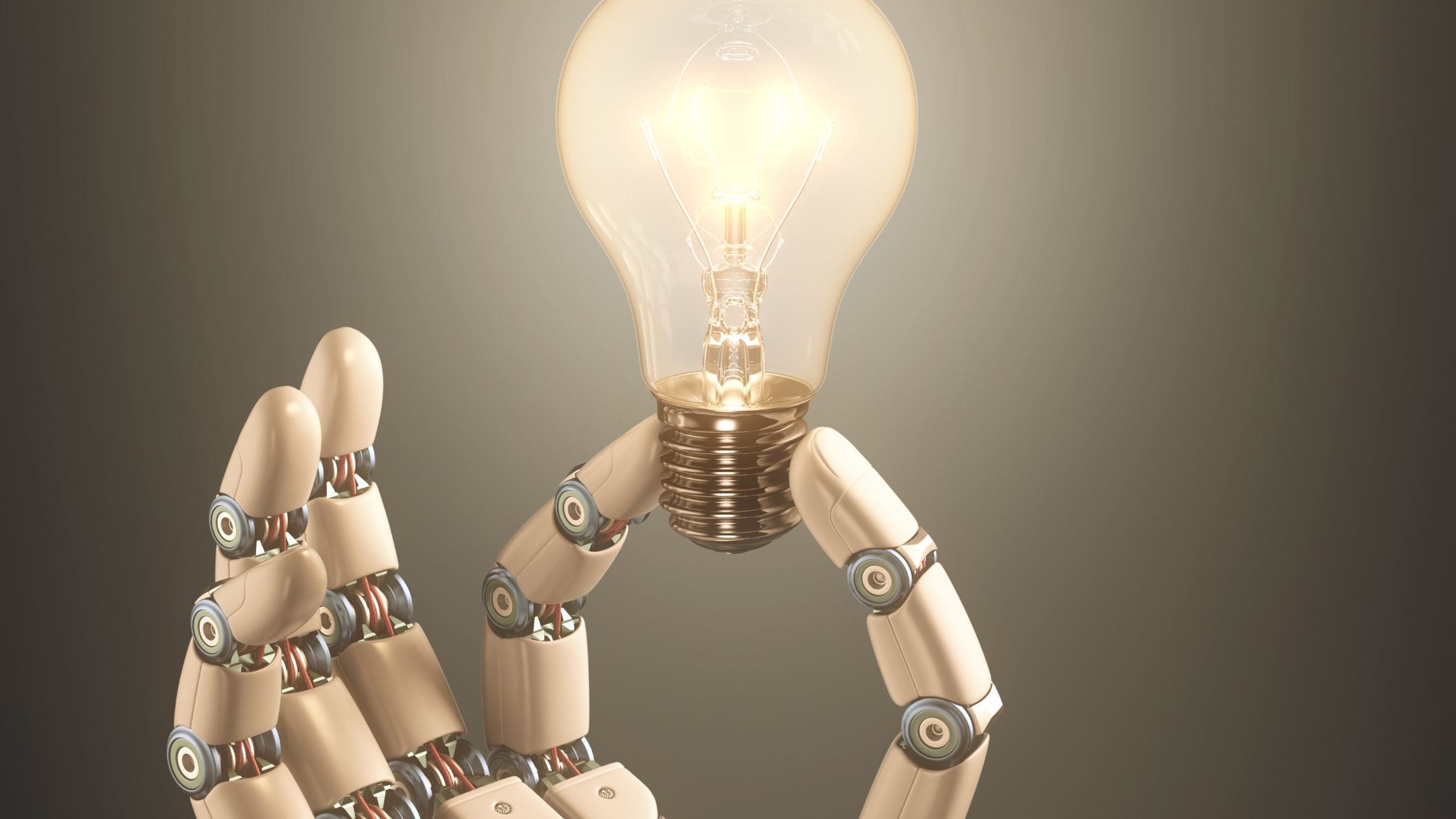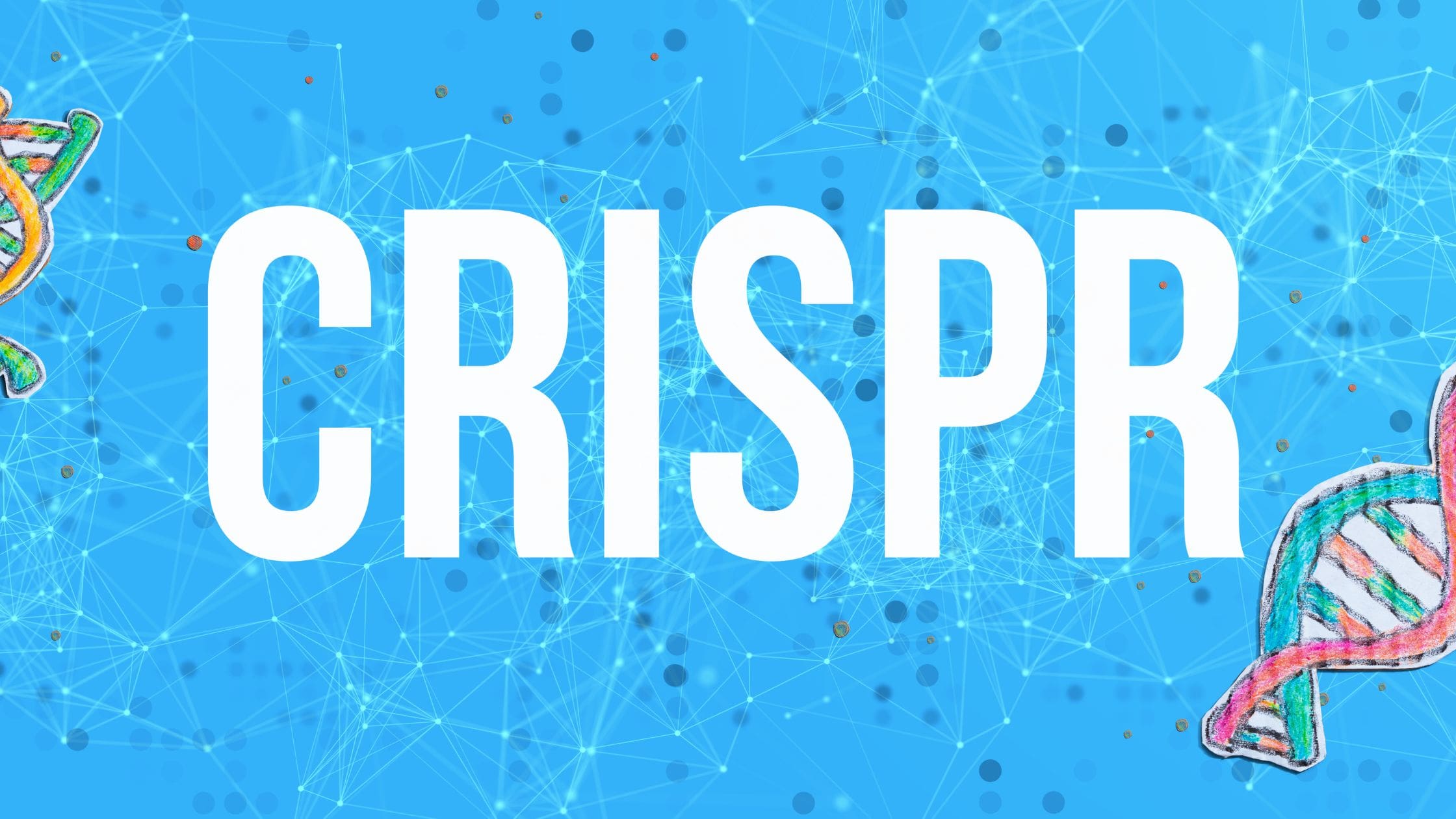In the dynamic realm of neuroscience and technology, the year 2023 emerged as a milestone for Brain-Computer Interfaces (BCIs), bringing forth groundbreaking innovations that promise to reshape our understanding of the human mind. From remarkable breakthroughs to applications across diverse sectors, let’s explore why 2023 marked a transformative year for BCIs and the exciting possibilities that lie ahead.
Innovations in 2023
The past year witnessed a flurry of advancements in BCI technology, expanding the boundaries of what was once deemed possible. Advancements in electrode technology, neural decoding algorithms, and neurofeedback mechanisms have collectively reshaped the way we can implement and utilize this technology.
Enhanced Precision and Usability
Researchers and engineers have made significant strides in enhancing the precision and usability of BCIs. Improved electrode designs, capable of recording neural signals with unprecedented accuracy, have paved the way for more reliable communication between the brain and external devices. This leap in precision not only enhances the efficacy of BCIs but also opens doors to a wider array of applications.
Integration of Artificial Intelligence
In 2023, the integration of artificial intelligence (AI) with BCIs reached new levels of sophistication. Machine learning algorithms now enable BCIs to interpret and respond to neural signals in real-time, creating more intuitive and seamless interactions. This symbiotic relationship between AI and BCIs holds immense potential for applications ranging from neuroprosthetics to immersive virtual reality experiences.
Non-Invasive Approaches
One of the notable breakthroughs in 2023 was the development of non-invasive BCI technologies. Traditional BCIs required surgically implanted electrodes, but ongoing research has focused on non-invasive methods, such as wearable devices and neurostimulation techniques. These innovations not only enhance user comfort but also expand the accessibility of BCIs to a broader population.
Applications Across Many Sectors
Healthcare and Medicine
The impact of BCIs on healthcare and medicine has been profound. Neuroprosthetics, powered by BCIs, offer hope to individuals with paralysis or limb loss by enabling direct communication between the brain and prosthetic devices. Moreover, BCIs hold promise in the treatment of neurological disorders, with potential applications in conditions like epilepsy and Parkinson’s disease.
Communication and Accessibility
The advancements in BCIs have also unlocked new avenues for communication, particularly for individuals with severe motor disabilities. By translating neural signals into text or commands, BCIs empower those who are non-verbal or have limited physical mobility to express themselves and engage with the world.
Gaming and Entertainment
The gaming and entertainment industry has utilized BCIs to enhance user experiences. BCIs can provide a more immersive and responsive gaming environment by directly translating players’ neural commands into in-game actions. This fusion of technology and entertainment marks a paradigm shift in the way we interact with digital environments.
Future Predictions
As we reflect on the pivotal year of 2023 for BCIs, the future holds exciting possibilities and potential breakthroughs.
Mainstream Adoption
With ongoing research and development, BCIs are poised to move from the realm of specialized applications to more mainstream adoption. As non-invasive technologies become more refined and accessible, BCIs may find their way into everyday devices, transforming the way we interact with technology.
Cognitive Enhancement
The convergence of BCIs and neuroenhancement technologies may lead to advancements in cognitive augmentation. Imagine a future where BCIs can enhance memory, learning abilities, and overall cognitive performance, opening up new frontiers in human potential.
Ethical Considerations
As BCIs become more integrated into daily life, ethical considerations surrounding privacy, consent, and the potential misuse of neural data will become increasingly important. Striking a balance between innovation and responsible use will be crucial to ensure the ethical development and deployment of BCIs.
The year 2023 may be remembered as a watershed moment for BCIs, propelling these technologies into the spotlight and igniting the imagination of scientists, engineers, and the general public alike. Focusing on a solid foundation for the future, BCIs have the potential to revolutionize healthcare, communication, entertainment, and even human cognition. As we venture into this uncharted territory, the coming years promise to unveil even more marvels as BCIs continue to unlock the mysteries of the mind.




